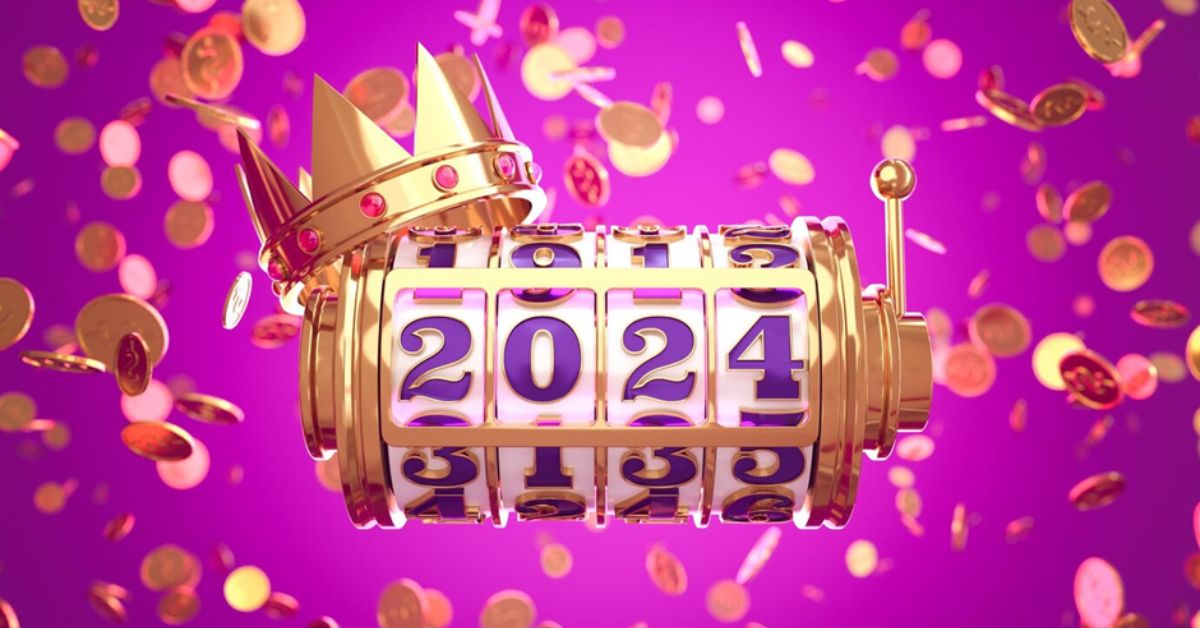When it comes to online slots, there’s one term you keep running into—RTP or Return to Player. But what does it really mean, and is it just some jargon designed to confuse players?
RTP is one of the most important factors you can consider when developing your slot-playing strategy. Knowing how it works and what it tells you could mean the difference between an enjoyable gaming experience and frustrating losses.
This guide will serve as a breakdown of what RTP is, why it matters, and how you can use it to up your online slot game.
What is RTP?
RTP stands for “Return to Player.” It’s a percentage that represents how much money a slot game is programmed to pay back to its players over time. For instance, if a slot has an RTP of 96%, it means that, on average, it will return $96 for every $100 wagered.
But hold on, there’s a catch. That 96% payback doesn’t happen immediately or even during one gaming session. RTP is calculated over millions of spins, meaning it reflects the long-term average, not your personal experience with a slot during a few hours of gameplay.
RTP vs. Volatility
Here’s where things get interesting. RTP often gets confused with volatility, but the two are quite different. Volatility, also called variance, measures the risk level of a slot game. High-volatility slots give big payouts, but they do so less frequently. Low-volatility slots, on the other hand, provide smaller, more frequent wins.
RTP tells you about the average return over time, while volatility lets you know what kind of ride you’re in for—rollercoaster or merry-go-round.
Why RTP Matters in Online Slots
If you’re serious about online slots, RTP should matter to you. It’s not just a random number to ignore; it’s your roadmap to better decision-making. Here’s why:
Determining Payout Probability
RTP is the backbone of a slot’s payout potential. Higher RTP slots theoretically return more of your wagers over time. For example, a game with 97% RTP has better long-term payout potential than one with 85%. While luck still dictates short-term wins and losses, high RTP slots usually offer better value for your money in the long run.
Long-Term Gameplay Outcomes
Even though the random number generator (RNG) ensures that every spin is independent, the RTP tells you how favorable a game is overall. For casual players, this means high RTP games can stretch your bankroll further. For those playing on a budget, it’s the difference between quitting early and getting a full evening of entertainment.
Examples of High vs. Low RTP Slots
Here are examples to illustrate how RTP affects gameplay:
- High RTP Slot – Mega Joker: With a staggering RTP of 99%, this game offers some of the best returns in the market, though it comes with high volatility.
- Low RTP Slot – Book of Dead: While massively popular for its excitement and massive win potential, its RTP of 94.25% is relatively lower compared to some competitors.
Many casinos feature online slots real money and real bonuses. Here you are guaranteed to find high RTP games that are worth investing your time into. Additionally, more information can often be found about these games and bonuses on the casino’s website so you know what to expect before playing
Developing a Strategy Based on RTP
When considering a slot’s RTP, there are a few strategic moves you can make to get the most out of your gaming sessions:
1. Pick Slots That Match Your Goals
Think about what you want out of your session. Are you in it for the thrill and big wins, or are you more about long-term play and entertainment?
- If you want maximum returns, go for slots with RTPs of 97% or higher.
- If you’re chasing jackpots, you might have to settle for lower RTPs since many high-payout jackpot slots balance massive prizes with less frequent wins.
2. Balance RTP with Other Factors
While RTP is essential, it’s not the only thing to consider. Look at the game’s features, bonuses, bet size limits, and volatility to find the right mix. A slot with great bonuses might make up for a lower RTP in the short term. For instance, free spins or multipliers can give you more chances to win.
3. Adopt a Long-Term Perspective
One spin doesn’t decide your fate—neither does one session. RTP rewards patience, so don’t expect to see its full potential in a single gaming night. If you’re prone to switching games after every loss, you might never see the benefits of high RTP slots.
Common Misconceptions About RTP
Now, here’s where I call out some myths, I’ve heard floating around the gambling community:
Myth #1: A High RTP Guarantees Wins
Nope! High RTP only means the math, on average, favors you slightly more over time than lower RTP games. Randomness still has the final say in your short-term results.
Myth #2: RTP Works in Sessions
People sometimes think that RTP applies specifically to their session—like, “Oh, I’m owed 96% of my money back today.” Sorry to break it to you, but that’s not how it works. RTP kicks in across millions of spins, not your quick 10-minute session on the subway.
Myth #3: RTP Negates Luck
At the end of the day, slots are about randomness. RTP gives general guidance but winning or losing in the short term boils down to pure chance.
Leverage RTP to Your Advantage
Understanding RTP won’t magically make you a consistent winner, but it’s a powerful tool to help you make smarter decisions. Pick games that fit your style, balance RTP with your other priorities, and keep the random nature of slots in mind.
It’s all about having fun and playing responsibly. If you keep your expectations realistic and use RTP alongside a bit of common sense, your online slot experience can be that much more enjoyable.











